http://tuxgraphics.org/electronics
Remote flower watering and monitoring![[Illustration]](../../common/images2/article09081/title.jpg)
Abstract:
Every time I go on vacation I find myself investigating who could
look after the flowers in the house and the vegetables in the
garden.
|
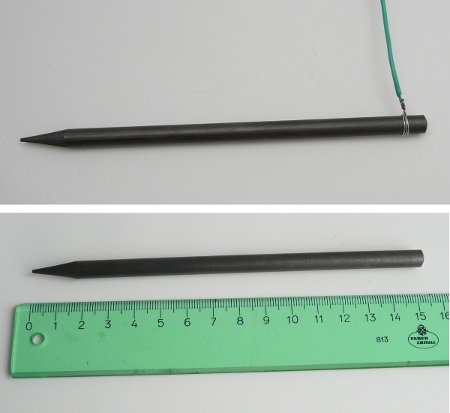
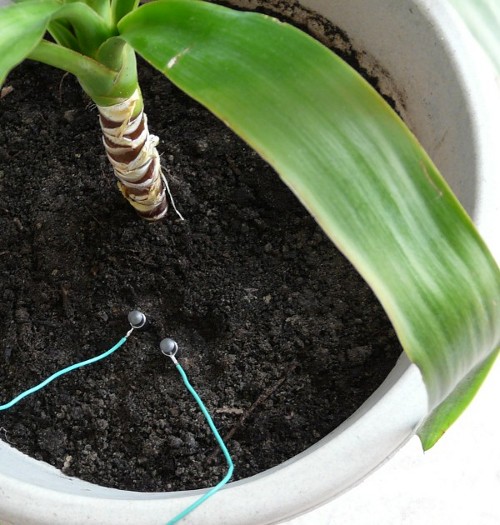
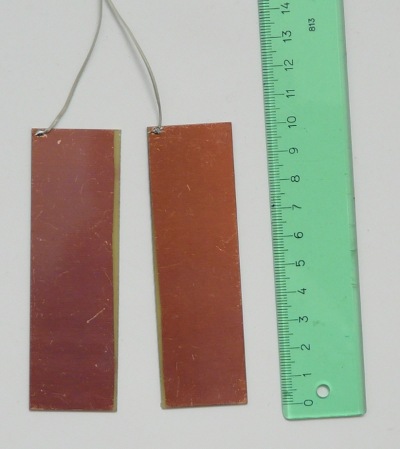
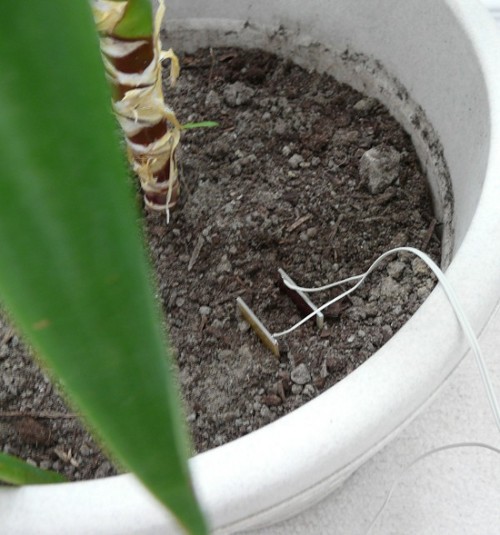
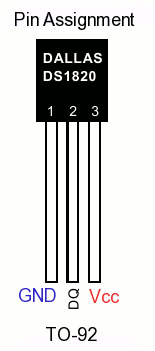
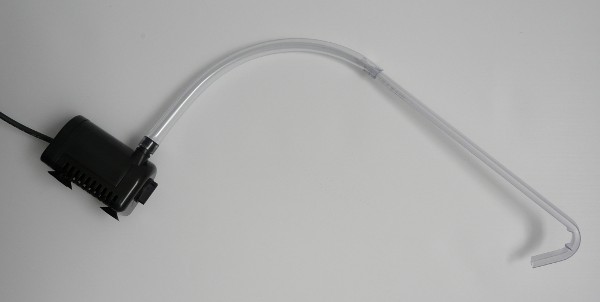
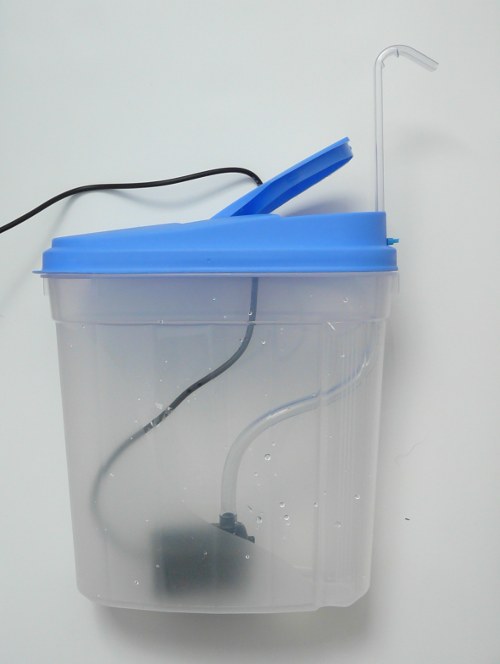

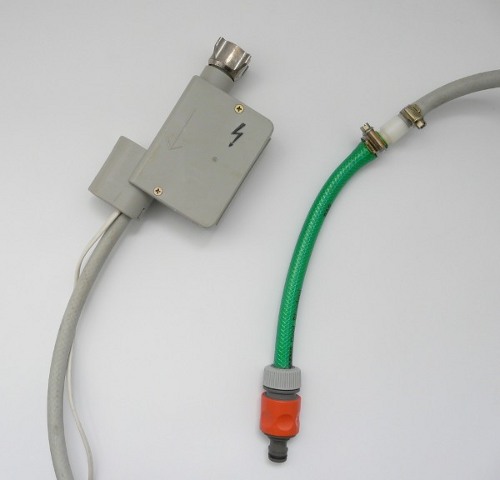
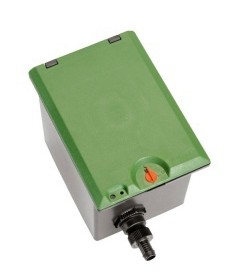
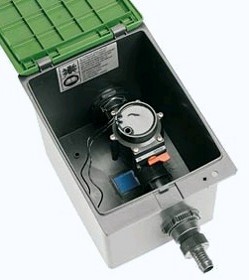
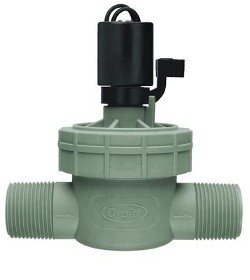
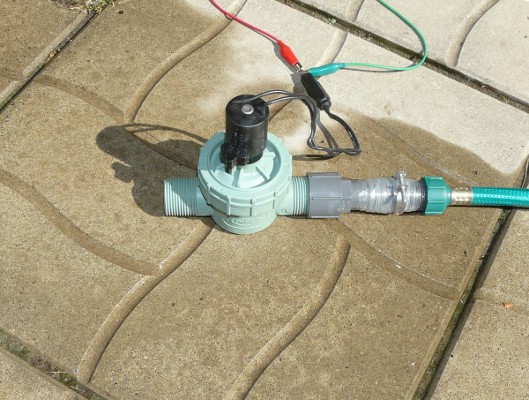
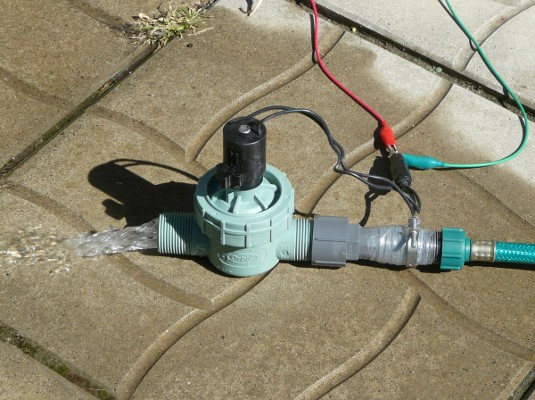
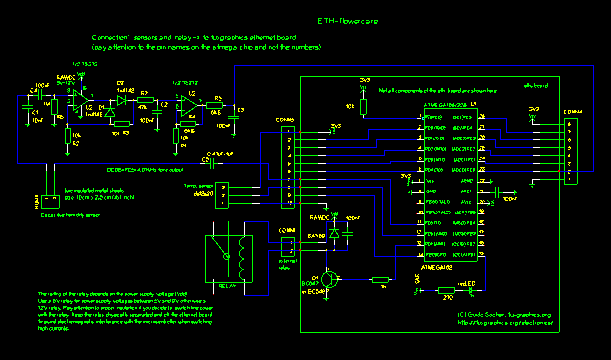
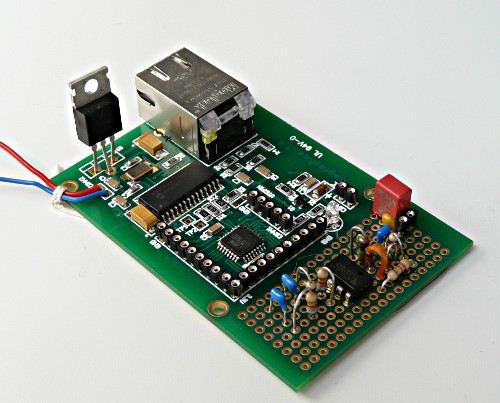
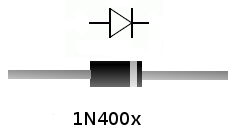 Switching on and off a devices that contains a large coil causes
high voltages to be induced. The sprinkler valves contains large coil.
If we just switch it on and off with the relay then the contracts
on the relay will wear off quickly, you will hear a click on
the radio and it can cause interference with the electronics on the
ethernet board. It can even destroy the insulation around the wire
of the coil.
Switching on and off a devices that contains a large coil causes
high voltages to be induced. The sprinkler valves contains large coil.
If we just switch it on and off with the relay then the contracts
on the relay will wear off quickly, you will hear a click on
the radio and it can cause interference with the electronics on the
ethernet board. It can even destroy the insulation around the wire
of the coil.
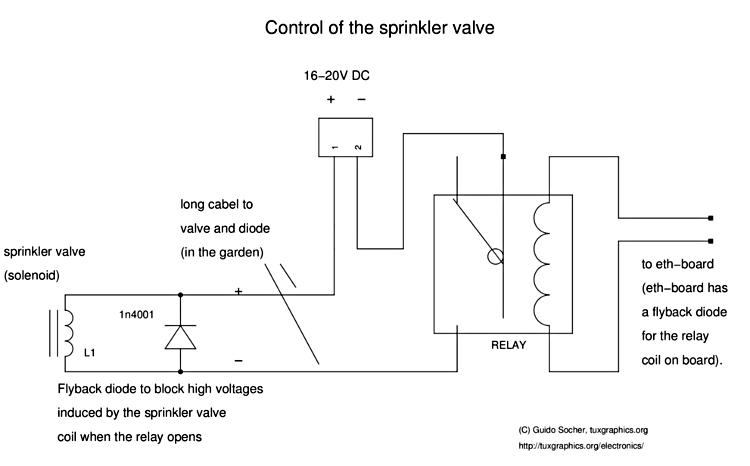
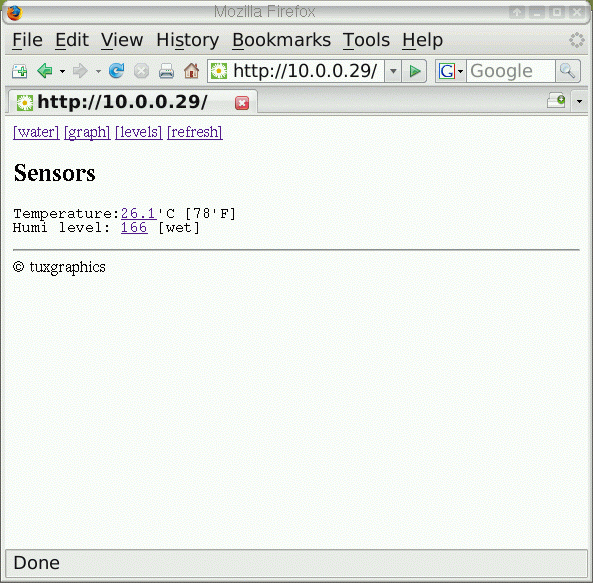
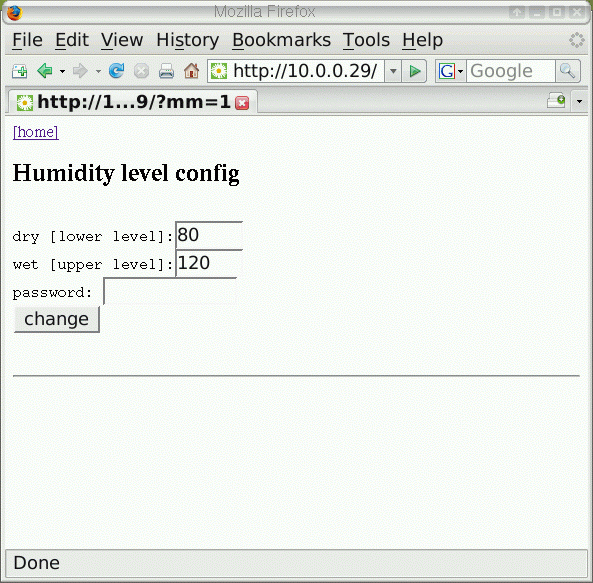
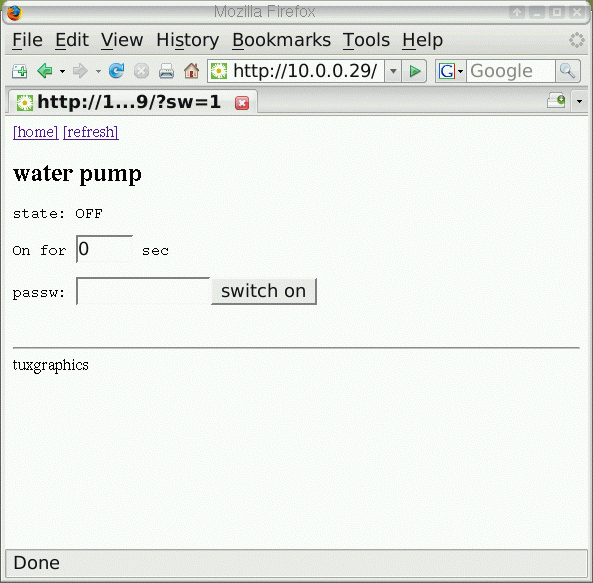
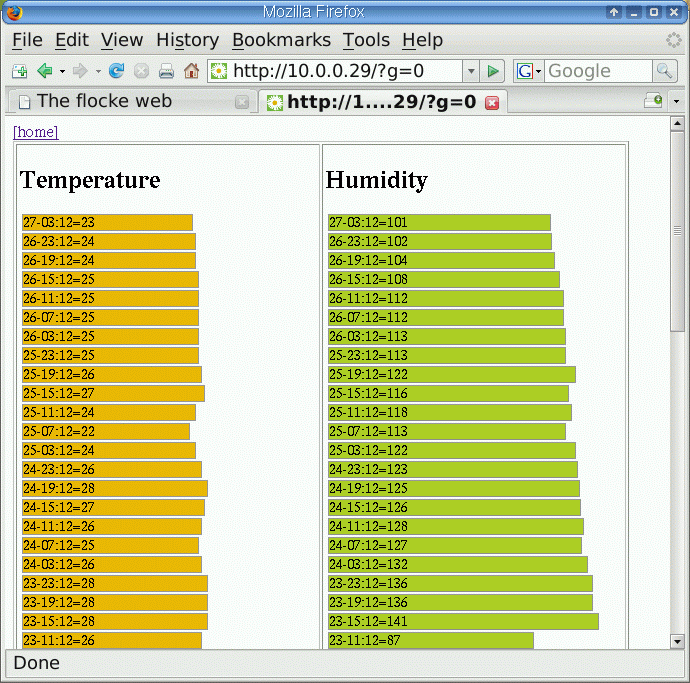
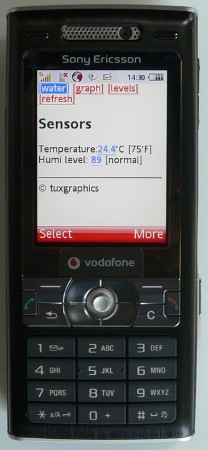
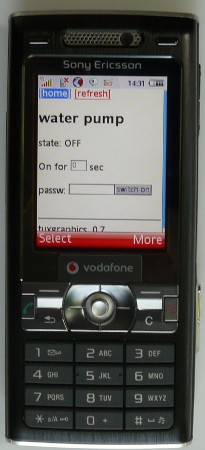
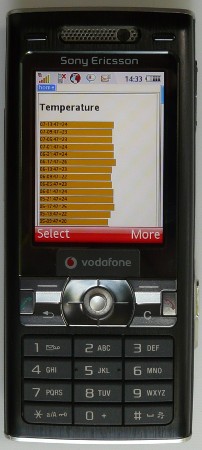
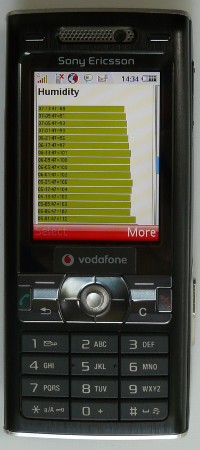
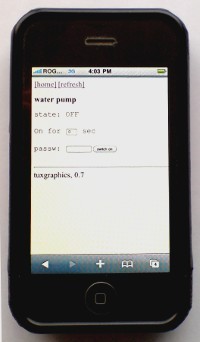
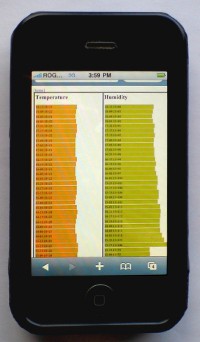
2009-09-28, generated by tuxgrparser version 2.57